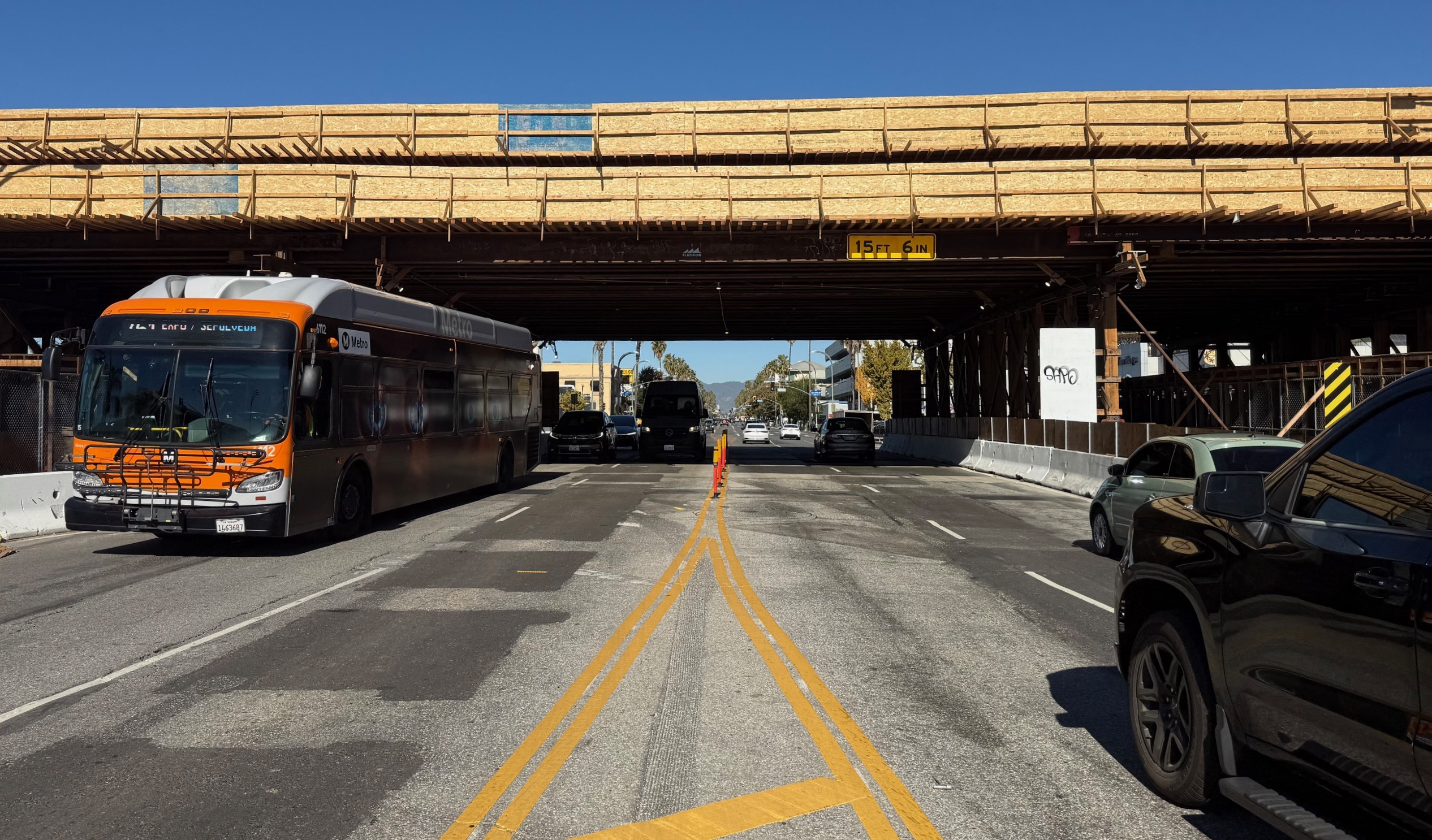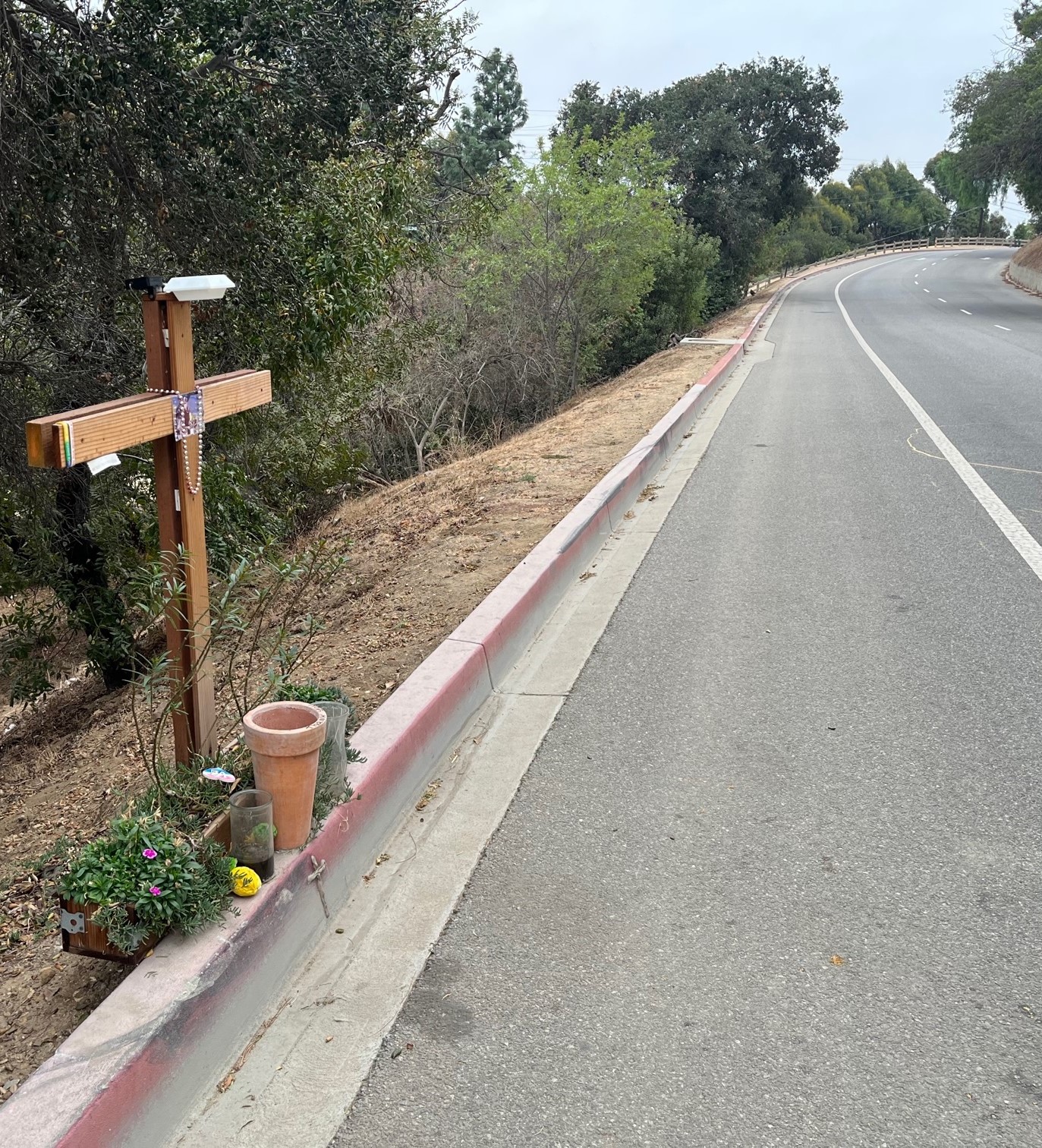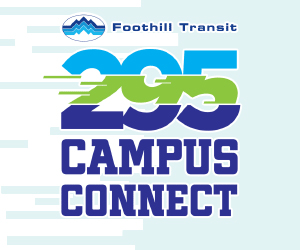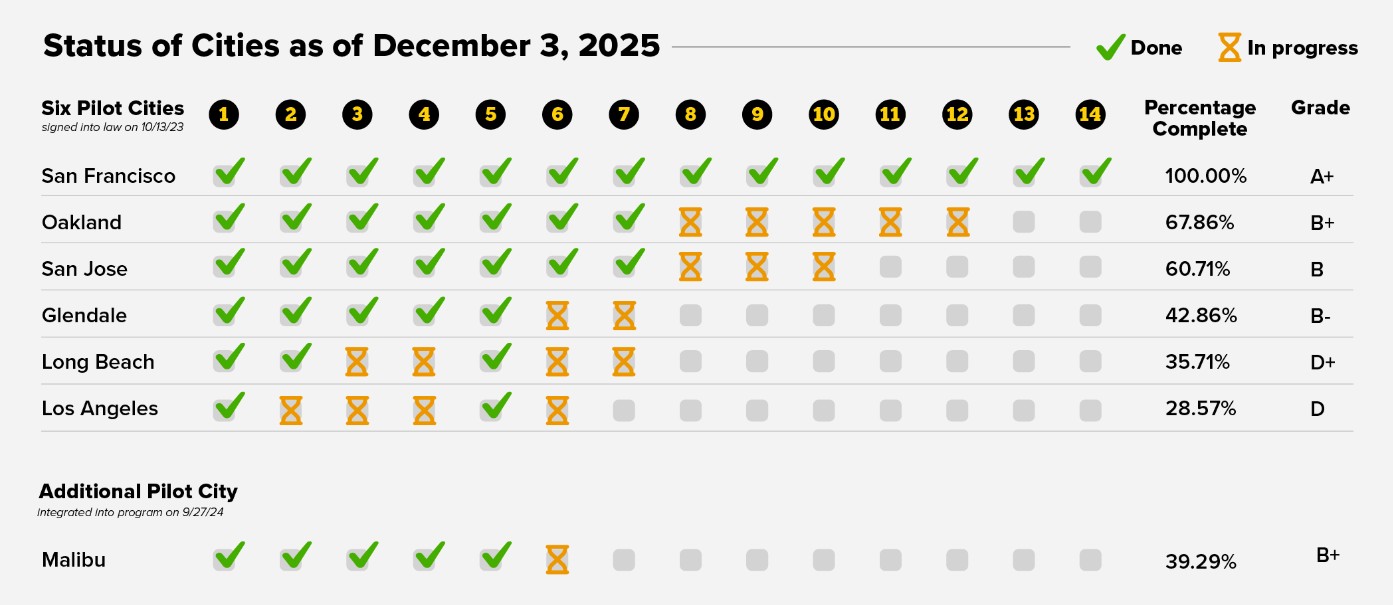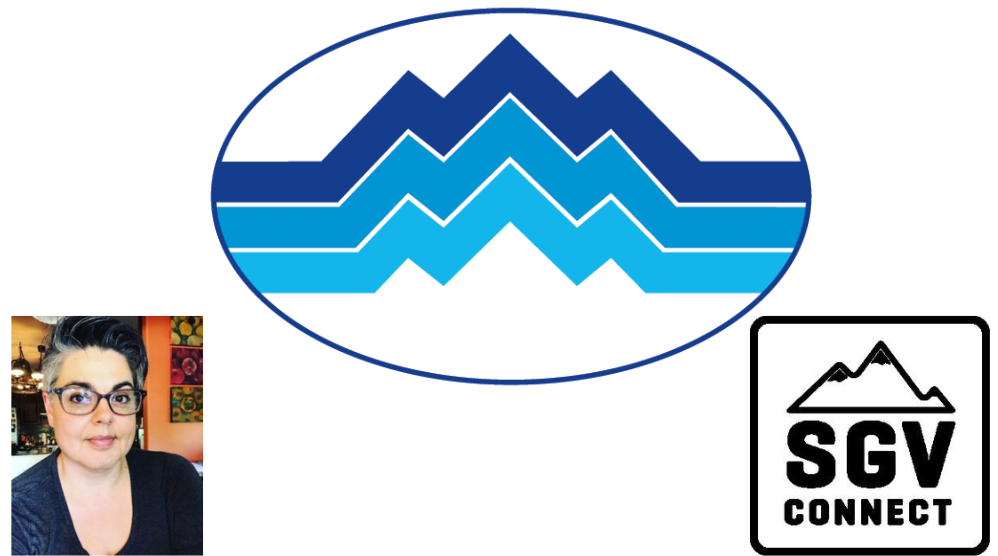This morning Metro and Caltrans hosted a ceremonial groundbreaking for segment 1 of their 105 Freeway ExpressLanes project. The initial seven-mile segment, from the 405 Freeway (near LAX) to Central Avenue (in Watts), will spend $757 million to add two more freeway lanes.

The project adds one toll lane in each direction - to the main stem of the 105, expanding overall roadway width by "up to 25 feet." The project also adds new auxiliary lanes, and widens various ramps, connectors, and some surface streets. Find more project scope details in Streetsblog's 2024 post.
Today's event took place at the park-and-ride lot for the Hawthorne/Lennox C Line light rail station, overlooking and overhearing the 105 Freeway.
A Metro representative began with a land acknowledgment that noted that settler colonization resulted in "land seizure... relocation... and multi-generational trauma" for the region's Native Americans.
But wait, this is the 105 Freeway. It just opened in 1993. One doesn't have to look back hundreds of years to find land seizure and trauma. Less than 40 years ago, during the lifetime of many people reading this, Caltrans, partnering with Metro's predecessor agency, seized and demolished 8,100 homes. To build the 105, Caltrans relocated twelve thousand people, most of them Black families.
Today those highway builders are returning to the scene of the crime. Because there aren't quite enough lanes on the current 10-12+ lanes wide 105 Freeway - which didn't quite live up to its early billing as the final "capstone" of the state's freeway system, and the "end of an era."
The freeway expansion era never ended.
In the face of a global climate crisis, Metro and Caltrans are currently spending billions of dollars to widen more than a dozen L.A. County freeways.

Back to today's 105 event, Metro's MC Speakers today billed the 105 expansion project as "transformative for everyone who travels this corridor." But is this really the case?
Broadly this 105 Freeway project is about adding more car capacity, inducing more driving. This 105 project itself includes no meaningful transit - nor multimodal - facilities.
(There are a handful of caveats here, essentially minor exceptions that prove the rule. Metro claims the 105 project is multimodal because it will replace sidewalks and ADA ramps - where the project widens streets and on-/off-ramps. Metro currently runs just one bus line [the 460 Disneyland bus] on the 105 Freeway east of the 110, mostly east of the under construction segment 1. LADOT runs three peak-hour Commuter Express bus lines on the 105. And, not included in current construction, there are some pledged future transit/bike/walk benefits, in that some toll revenue will be available for grants for multimodal projects. Those future grants will come after the project pays for itself. Currently segment 1 alone has a budget shortfall over $400 million, financed with future toll revenues projected at around $165 million annually. Toll revenues will be lower in earlier years when toll lanes are only partially complete, so the future grants appear a long way off.)
This de minimis transit features didn't stop several of today's speakers from touting the project's benefits to transit riders. Metro boardmember Fernando Dutra declared that "I-105 Express Lanes will vastly benefit car pools and transit riders... anyone traveling to or from LAX." Metro CEO Stephanie Wiggins noted that "ExpressLanes... help our transit move more smoothly along the freeways." "We've seen the benefits on our 110 and 10 with our J Line express bus service," Wiggins noted, "and the same will be expected for the 105." (Note that on the 110 and 10, the ExpressLanes are shared toll/bus lanes. Metro runs almost no buses on the 105 because transit riders are on the Metro C Line light rail which runs in the 105 freeway median.)
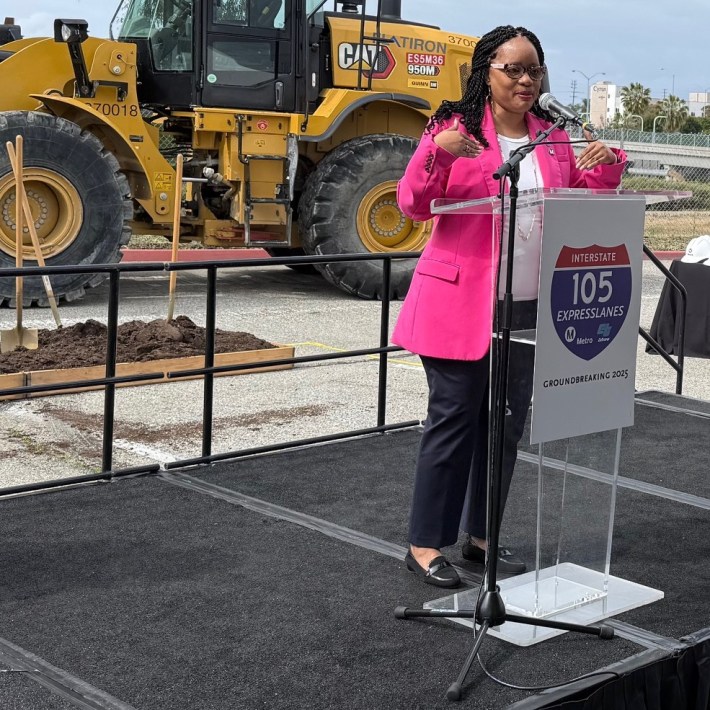
Adding more lanes to the 105 also has negatives for Metro transit riders. Mid-freeway Metro C Line stations are already hellishly loud polluted places. Adding more lanes of traffic makes the unappealing Metro customer experience even worse. It's not just Metro's own riders that are harmed; all that added car traffic adds more pollution to already pollution-burdened neighborhoods across South L.A.
No, Metro has no plans to run significant Metro bus service on the 105 Freeway. No, this 105 expansion is not a transit project. The claim that adding freeway lanes is good for transit is a myth often repeated by Southern California highway proponents. (And hopefully, at some point in the future, some 105 Freeway toll revenues will benefit transit riders. Maybe someday Metro can plow a lot of toll monies into increasing service on the C Line?)
Metro C Line riders can see that construction is already underway, with barriers erected along the 105. Metro and Caltrans anticipate segment 1 of the 105 ExpressLanes to be completed in time for the 2028 Olympics.
Metro's MC praised current 105 expansion as "leaving a lasting legacy for Angelenos for decades to come." It just might not be the legacy that Metro and Caltrans think it is.

